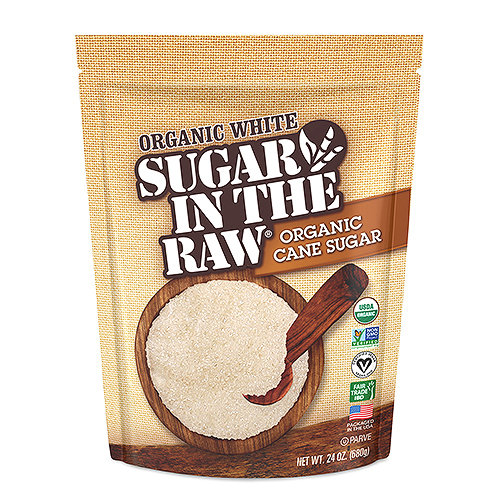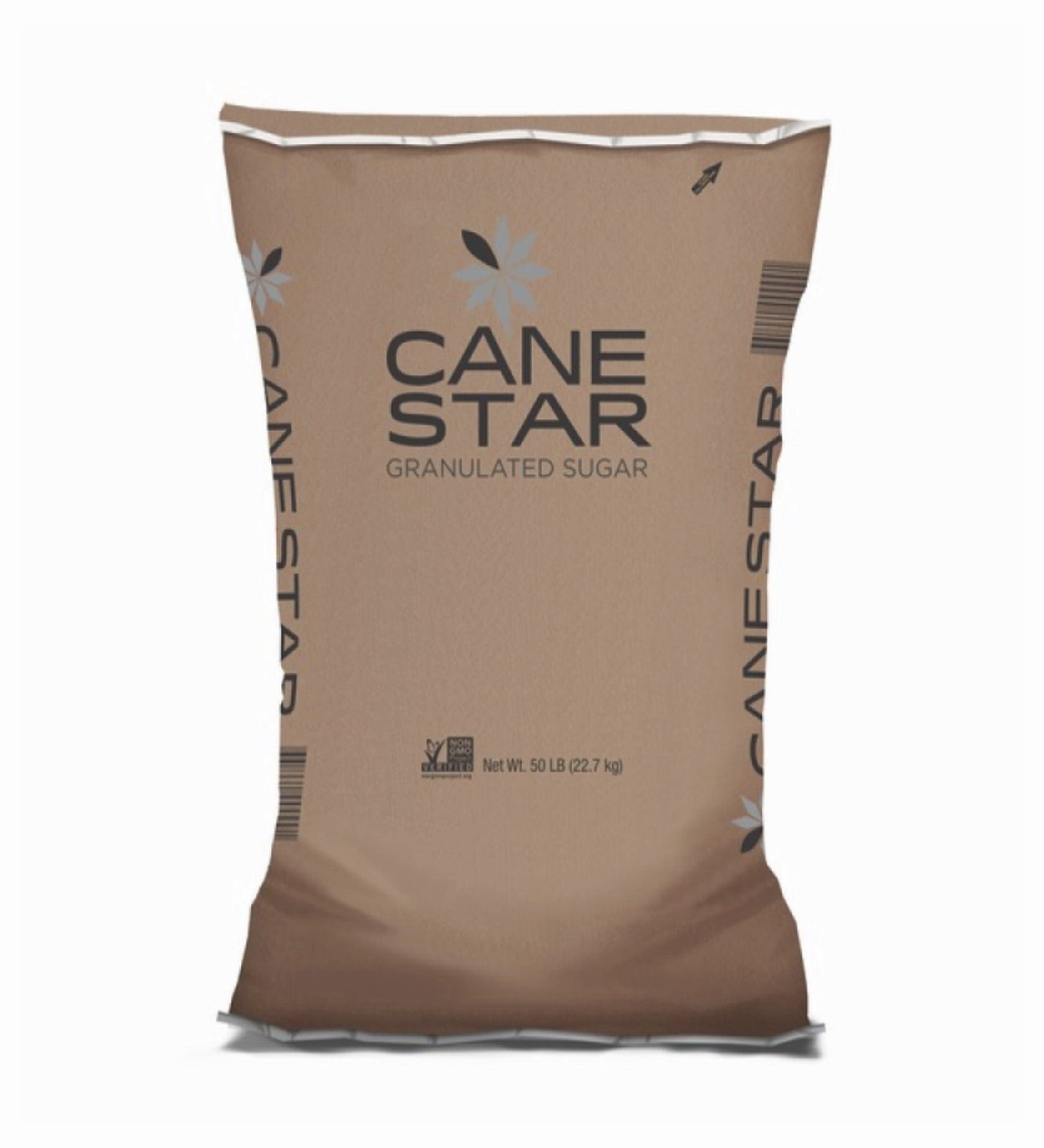The Journey of Cane Sugar Processing: From Harvest to Crystals
The Journey of Cane Sugar Processing: From Harvest to Crystals
Blog Article
A Comprehensive Guide to the Ecological Effect and Sustainability Practices in Cane Sugar Processing
The environmental effect of walking cane sugar processing presents a complicated selection of challenges that warrant careful assessment. From soil deterioration and excessive water use to the carbon footprint related to growing and manufacturing, the repercussions of traditional methods are far-ranging. In contrast, the adoption of ingenious sustainability steps supplies a pathway toward much more accountable manufacturing methods. Understanding the interplay in between these issues is important for stakeholders in the market. What specific methods can be executed to strike an equilibrium between productivity and ecological stewardship? The solutions lie in a better check out both the obstacles and possible options.
Review of Walking Cane Sugar Processing
Cane sugar processing entails a collection of systematic actions that change sugarcane into refined sugar. At first, gathered sugarcane is moved to processing centers, where it undergoes cleaning to remove soil and debris. Following this, the walking cane is crushed to draw out juice, which is then clarified by eliminating impurities via home heating and the addition of lime.
The cleared up juice goes through dissipation, where water is removed to concentrate the sugar material. These crystals are divided from the remaining syrup making use of centrifugation, resulting in raw sugar.
The end product is after that dried out and packaged for circulation. Throughout this whole process, preserving effectiveness and quality assurance is necessary to make sure the sugar meets market criteria. Each action in walking stick sugar handling not just adds to the final product but also has implications for resource use and waste generation, establishing the stage for discussions on sustainability and environmental impacts related to sugar production.
Ecological Difficulties of Production
The manufacturing of walking cane sugar provides a number of substantial ecological challenges that warrant interest. One primary issue is the comprehensive use agrochemicals, consisting of plant foods and pesticides, which can bring about soil degradation, biodiversity loss, and contamination of local water sources. The runoff from sugarcane areas usually carries these chemicals into neighboring environments, disrupting marine life and affecting the wellness of communities reliant on these water bodies.
Another obstacle is the high power consumption related to sugarcane handling. The boiling and refining stages need considerable heat, largely generated by melting nonrenewable fuel sources, adding to greenhouse gas emissions. Additionally, the extensive land area required for sugarcane farming can bring about logging and environment destruction, further aggravating environment adjustment and harmful wild animals.
Moreover, the labor techniques in some areas raise ethical concerns, as workers may deal with bad working conditions and inadequate incomes. This circumstance typically perpetuates a cycle of poverty in neighborhood neighborhoods. Cane Sugar Processing. Attending to these environmental challenges is essential for developing a lot more sustainable methods in walking stick sugar production, inevitably profiting both the atmosphere and the areas involved in this sector
Water and Land Usage Influence
Water sources and land utilization are critical components in the walking stick sugar sector that considerably impact the setting. The growing of sugarcane calls for significant water input, with quotes recommending that it can eat up to 2,000 liters of water per kilo of sugar produced. This extensive usage of water often brings about depletion of local water resources, impacting not only the sugarcane plantations but also bordering ecosystems and areas that count on the exact same water sources for farming and residential use.

Furthermore, land use for sugarcane growing can bring about deforestation and the conversion of all-natural habitats into monoculture haciendas. This method decreases biodiversity, disrupts regional environments, and adds to soil destruction. The growth of sugarcane areas typically intrudes on useful agricultural land, creating competition for resources between food and biofuel production.
Lasting methods, such as optimizing irrigation techniques and applying plant turning, are necessary to minimize these effects. By taking on more efficient water usage and land monitoring techniques, the cane sugar sector can lower its ecological footprint, guaranteeing an equilibrium between farming productivity and environmental conservation.
Greenhouse Gas Emissions
Greenhouse gas discharges stand for a considerable environmental problem within the walking stick sugar handling market, specifically as agricultural methods expand to satisfy worldwide demand. The farming of sugarcane, a plant that grows in tropical climates, depends greatly on synthetic fertilizers and pesticides, which contribute to laughing gas discharges. Additionally, land-use adjustments, consisting of deforestation for new sugarcane plantations, release carbon dioxide saved in plant life and dirt.
Throughout handling, energy consumption is one more major source of greenhouse gas emissions - Cane Sugar Processing. Lots of sugar mills use nonrenewable fuel sources to power machinery and produce warm, causing substantial carbon footprints. Moreover, the transport of raw sugarcane and completed items includes layers of discharges via fuel combustion in vehicles
This includes reviewing current agricultural methods, refining techniques, and transportation systems to identify areas for improvement and reduction. Resolving greenhouse gas exhausts is necessary for promoting a more sustainable cane sugar industry in a transforming climate.

Sustainable Practices and Innovations
Lasting practices and developments are significantly essential in the cane sugar handling sector as stakeholders look for to lower ecological influences while maintaining productivity. One significant innovation is the execution of integrated plant monitoring, which optimizes source usage by combining soil administration, bug control, and crop rotation strategies. This strategy enhances yield while minimizing chemical inputs and protecting dirt health.
In addition, the fostering of renewable resource sources, such as biomass from sugarcane residues, has obtained traction - Cane Sugar Processing. By transforming waste products right into energy, processing facilities can lower their reliance on nonrenewable fuel sources, thus reducing greenhouse gas discharges
Water monitoring practices visit this site have actually likewise seen improvements her comment is here via the recycling and reusing of water in handling plants, dramatically lowering freshwater consumption. Developments in technology, such as precision agriculture, enable farmers to monitor plant health and wellness and resource usage better, making sure lasting growing techniques.
Furthermore, accreditation programs like Fair Profession and Rain forest Alliance encourage ecologically accountable farming methods and advertise social equity within the supply chain. By embracing these sustainable techniques and technologies, the cane sugar processing market can boost its durability and add positively to ecological stewardship.
Verdict
The environmental effect of walking cane sugar handling presents significant obstacles, including soil degradation, high water consumption, and greenhouse gas exhausts, together with ethical issues related to labor techniques. Dealing with these concerns via lasting techniques, such as integrated crop monitoring, sustainable energy fostering, and water recycling, is essential. By advertising socially fair and eco liable methods in sugar production, the industry can reduce its damaging effects, ensuring a more lasting future for both ecosystems and communities entailed in this field.
Walking cane sugar handling involves a collection of organized steps that change sugarcane right into refined sugar. Each action in walking cane sugar processing not only adds to the last item yet likewise has effects for source use and waste generation, establishing the stage for conversations on sustainability and ecological impacts associated with sugar manufacturing.
Greenhouse gas emissions stand for a significant ecological issue within the walking stick sugar processing market, specifically as agricultural techniques expand to meet worldwide demand.Sustainable practices and linked here developments are increasingly crucial in the walking cane sugar processing market as stakeholders look for to reduce ecological effects while keeping performance.The environmental impact of walking stick sugar handling presents significant difficulties, consisting of dirt destruction, high water intake, and greenhouse gas emissions, together with moral worries associated to labor practices.
Report this page